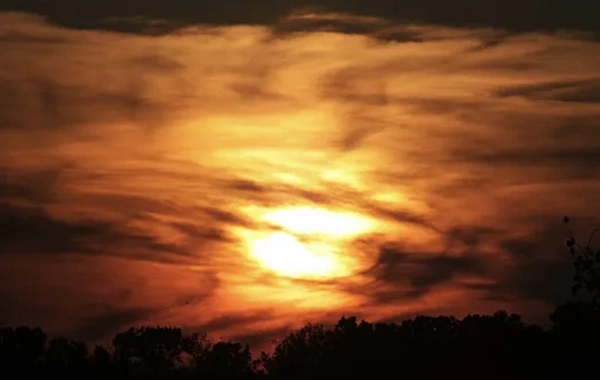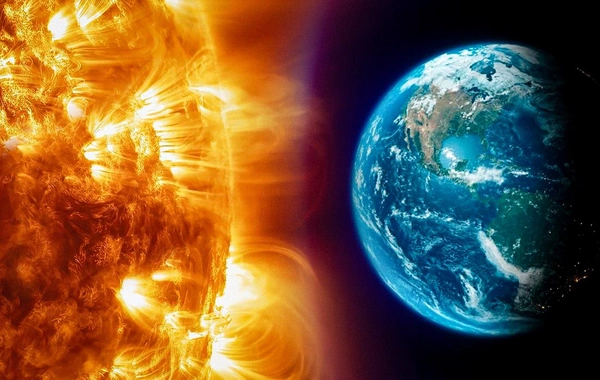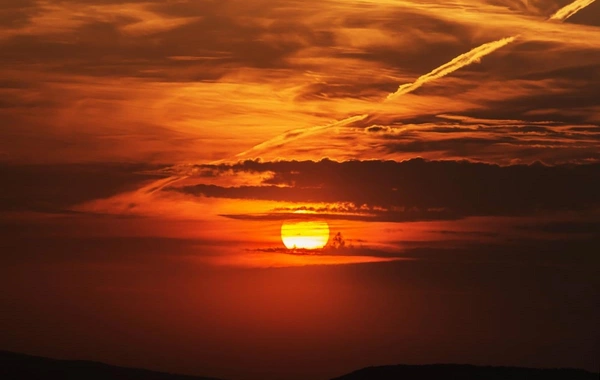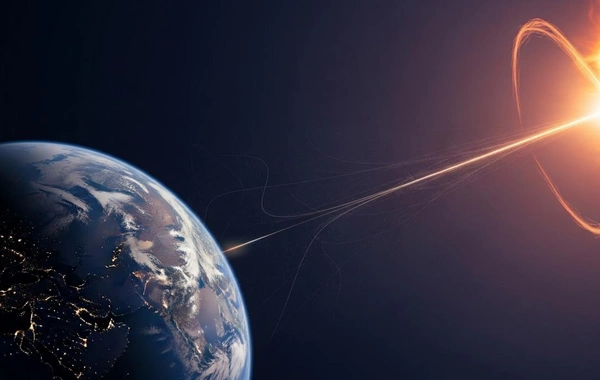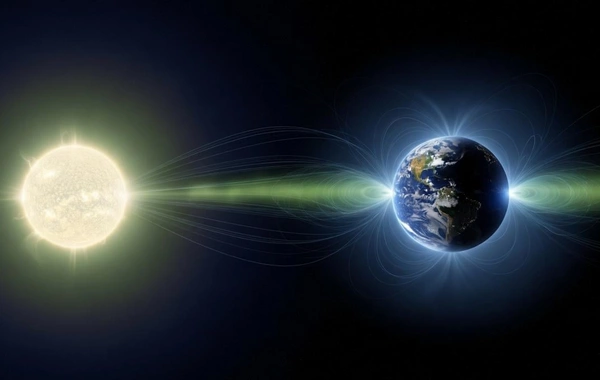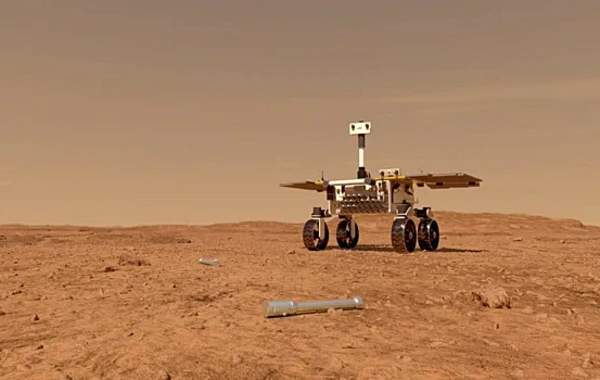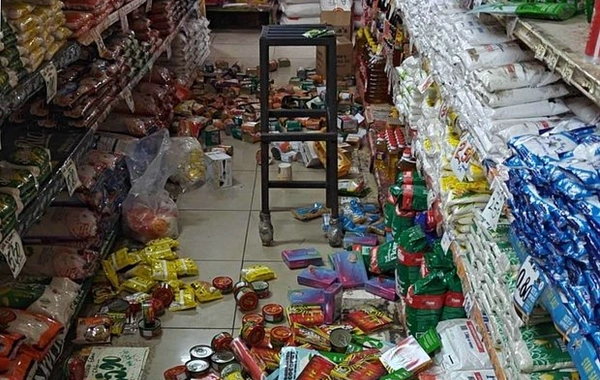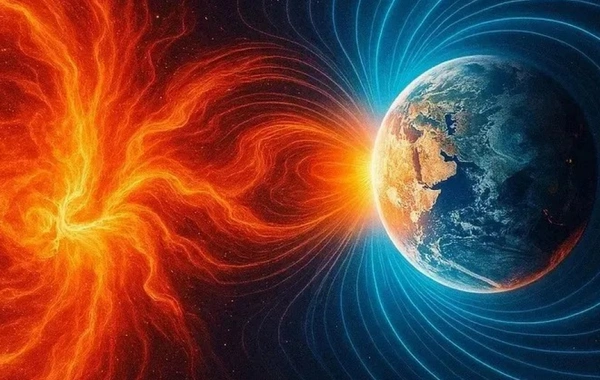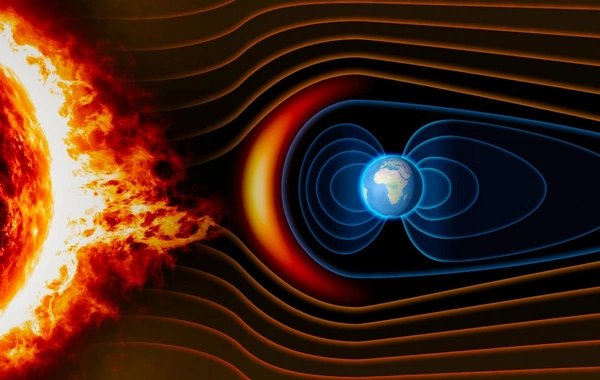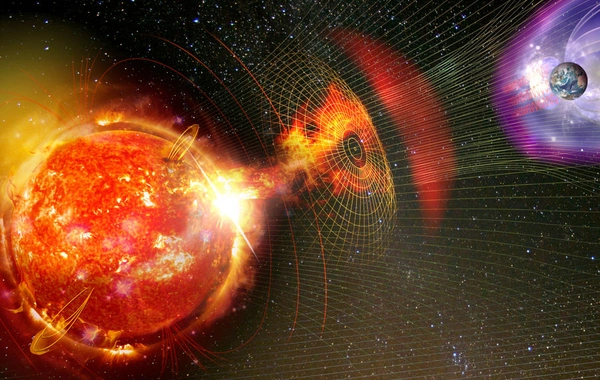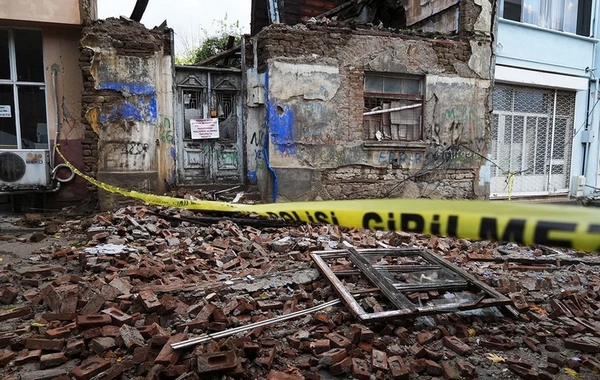Natural disasters
Natural disasters
Natural disasters are natural phenomena that cause significant damage to ecosystems, infrastructure, and human lives. Earthquakes, floods, hurricanes, and wildfires are increasingly relevant due to global climate change. In 2025, attention to preventing and mitigating the effects of natural disasters is growing, driven by new technologies and international initiatives. This article explores the types of natural disasters, their impacts, and ways to prepare.
Types of Natural Disasters
Natural disasters are classified by their nature and causes. The main types include:
-
Earthquakes: Sudden shifts in the Earth’s crust, causing damage to buildings and infrastructure. Azerbaijan, located in a seismically active zone, is particularly vulnerable.
-
Floods: Inundations caused by heavy rains, snowmelt, or dam failures, threatening agriculture and urban areas.
-
Hurricanes and Storms: Powerful winds and precipitation causing destruction, especially along coastlines like the Caspian Sea.
-
Wildfires: Rapidly spreading fires that devastate ecosystems, particularly in arid regions.
-
Landslides and Avalanches: Movements of rock or snow, posing dangers in mountainous areas like the Caucasus.
Each type requires specific preparedness and response measures.
Impacts of Natural Disasters
Natural disasters cause economic, environmental, and social harm. Economic losses include destroyed homes, roads, and businesses, requiring billions for recovery. Environmental impacts, such as water pollution or forest destruction, affect biodiversity. Social consequences include loss of life, injuries, and forced displacement.
In 2025, global climate change intensifies the frequency and severity of disasters. Rising temperatures increase wildfire risks, while sea level rise threatens coastal areas. In Azerbaijan, seismic safety is a priority due to its geographic location.
Preparedness for Natural Disasters
Effective preparedness reduces risks and saves lives. Key measures include:
-
Early Warning Systems: Advanced technologies like seismographs and satellites help predict earthquakes and storms.
-
Public Education: Regular drills and awareness campaigns teach people how to respond during disasters.
-
Infrastructure: Building earthquake-resistant structures and reinforcing dams minimizes damage.
-
Evacuation Plans: Clear routes and shelters ensure resident safety.
-
Environmental Measures: Reforestation and water resource management help prevent wildfires and floods.
In Azerbaijan, 2025 sees active development of alert systems and training programs, particularly in Baku and mountainous regions.
Trends and Initiatives in 2025
In 2025, the global community emphasizes resilience to natural disasters. Artificial intelligence for risk prediction and analysis is becoming standard. In Azerbaijan, drones are used to monitor high-risk areas, and mobile apps provide alerts about potential threats. International organizations support infrastructure strengthening projects in seismically active regions.
Social media plays a key role in spreading safety information. Campaigns like “Disaster Ready” raise public awareness. Azerbaijan participates in global initiatives like COP29, discussing climate change adaptation.
Conclusion
Natural disasters remain a serious threat, but modern technologies and preparedness help mitigate their impacts. Understanding the types, effects, and protective measures empowers societies to face unexpected events. In 2025, Azerbaijan and the world continue to refine prevention and response strategies, prioritizing safety.






